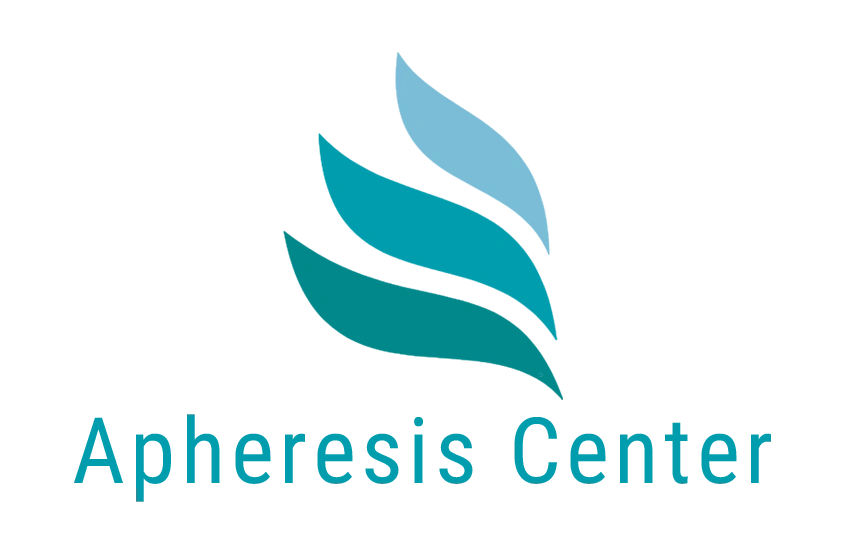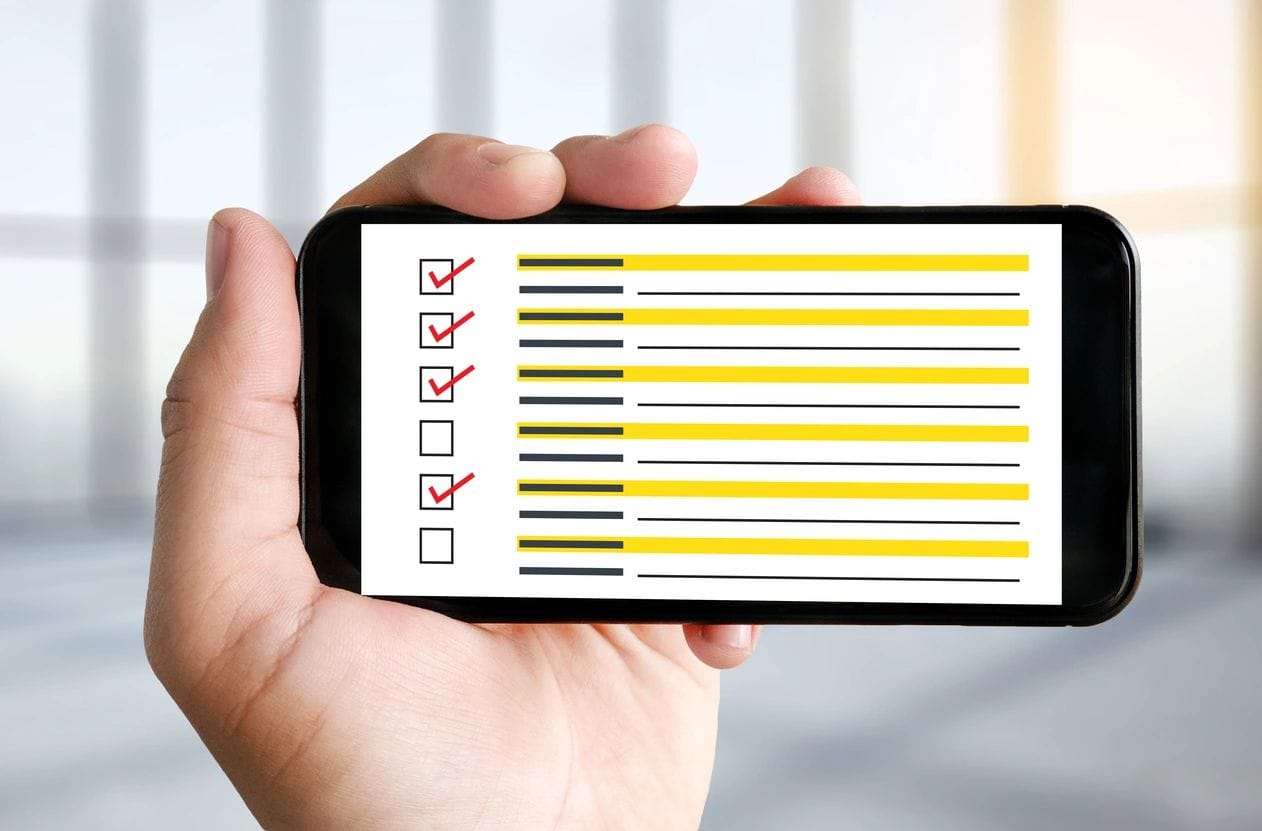For individuals navigating the complexities of Long COVID, energy management can feel like an uphill battle. One of the most effective strategies to address this challenge is pacing. Pacing is a critical strategy for recovery in conditions like Long COVID because it supports the body’s ability to manage symptoms effectively and heal.
什么是节奏?
步调一致是一种技术,可帮助个人在个人极限范围内平衡能量水平。它包括有意识地计划和管理活动,以避免引发运动后症状加重(PESE)。运动后症状加重指的是在体力、脑力或情绪极度劳累后症状加重。对于长期慢性阻塞性肺病患者来说,"步调一致 "就像一条生命线,可以将这些挫折降到最低,并保持稳定的康复状态。
At its core, pacing is about identifying and respecting your “energy envelope” – the threshold of energy your body can safely expend without causing symptoms to flare up. By staying within this envelope, you can reduce the likelihood of overexertion and subsequent crashes.
为什么节奏对长 COVID 至关重要?
长期慢性阻塞性肺病是一种复杂的疾病,通常会影响身体的多个系统,从而导致深度疲劳、脑迷糊和呼吸急促等症状。许多人都会经历一个繁荣与萧条的循环:感觉稍有好转,就拼命赶进度,然后又因过度劳累而崩溃。这种循环不仅会延迟康复,而且随着时间的推移还会加重症状。
以下是节奏对恢复的作用:
- Prevents Post-Exertional Symptom Exacerbation (PESE): By avoiding overexertion, pacing minimises the risk of symptom flares caused by physical, mental, or emotional strain.
- Conserves Energy: It ensures that limited energy reserves are used efficiently, leaving enough capacity for essential tasks and recovery.
- Supports Healing: Adequate rest and measured activity levels help reduce systemic stress and give the body time to repair and restore itself.
- Reduces the Boom-and-Bust Cycle: Pacing helps break the pattern of overactivity followed by crashes, stabilising energy levels and fostering gradual improvement.
- Improves Symptom Management: By staying within the “energy envelope,” individuals can better manage symptoms like fatigue, brain fog, and physical weakness.
- Enhances Mental Health: Pacing can reduce frustration, guilt, and anxiety associated with pushing too hard, leading to a more positive outlook on recovery.
- Builds Resilience: It helps individuals learn their limits, which can lead to a more sustainable and proactive approach to managing their condition.
Ultimately, pacing is about respecting your body’s current capacity, which creates the conditions for more steady and long-term recovery.
认识你的能量边界
掌握节奏的第一步是了解自己独特的能量边界。这些界限通常是动态的,每天都会不同,取决于睡眠质量、压力水平和症状严重程度等因素。识别过度疲劳的早期预警信号是保持在自己能量范围内的关键。
接近极限的常见迹象包括
- 心率加快或呼吸急促。
- 注意力难以集中或脑雾加重。
- 身体有沉重感或虚弱感。
- 感到烦躁、不知所措或情绪低落。
记录日常活动和症状可以帮助您找出模式和诱因。随着时间的推移,这种做法能让您更好地预测何时需要放慢速度或休息。
克服节奏方面的常见挑战
节奏是一个简单的理论概念,但它往往需要心态上的重大转变,尤其是当你习惯于高度活跃或富有成效时。因为需要放慢节奏而感到沮丧或内疚是很常见的。你甚至会觉得自己已经放慢了很多,但还没有达到身体目前的能力。这就是为什么步调在 Long COVID 的健康指导中占据重要位置的原因。
以下是一些克服这些挑战的建议:
- Be Kind to Yourself: Acknowledge that pacing is a necessary part of your recovery and not a sign of weakness.
- Celebrate Small Wins: Recognise and appreciate your progress, no matter how small.
- Seek Support: Seek professional support on how to apply pacing to your personal health situation and recovery journey.
步调一致是管理 Long COVID 和提高生活质量的有力工具。通过了解自己的能量极限、用心规划自己的活动并将休息融入日常工作中,您可以控制自己的病情并努力恢复。 虽然掌握步调可能需要时间和练习,但它所带来的益处让您觉得付出是值得的。
Interested to hear more about how pacing supported Tanja’s own recovery or how health coaching might benefit yours? Feel free to sign up for a free 30’ health coaching session.
作者:Tanja Walser塔尼娅-瓦尔泽


